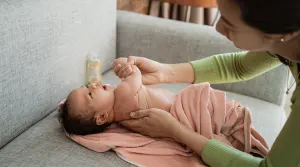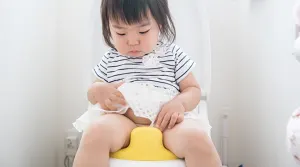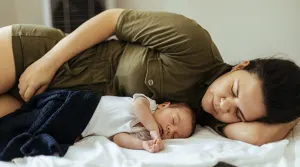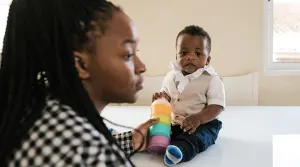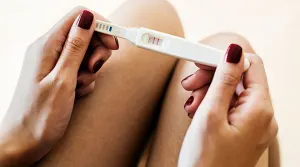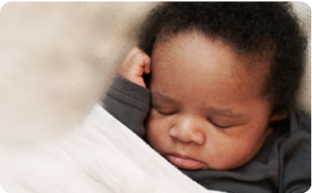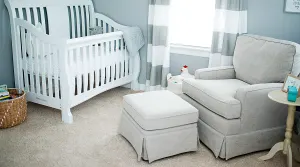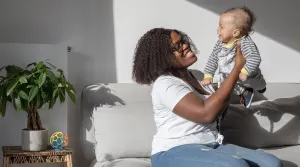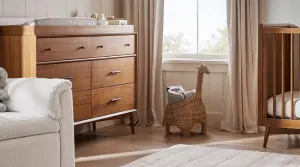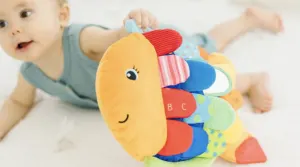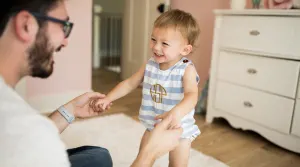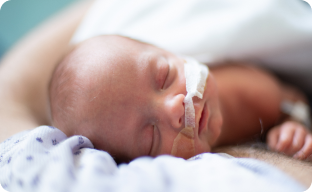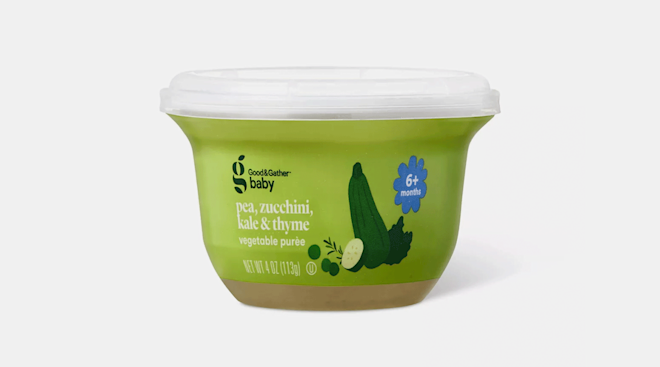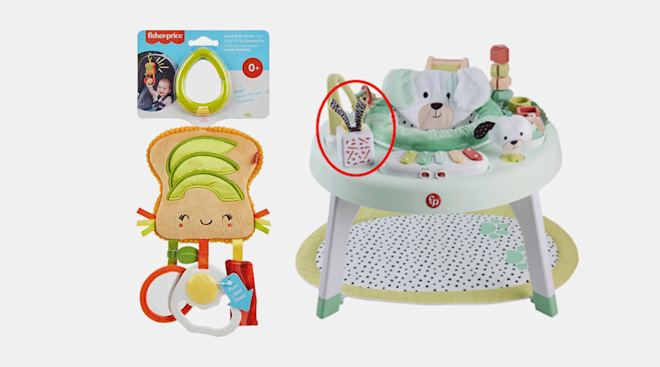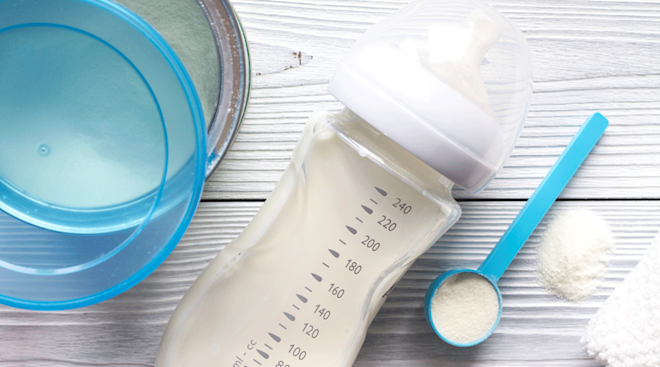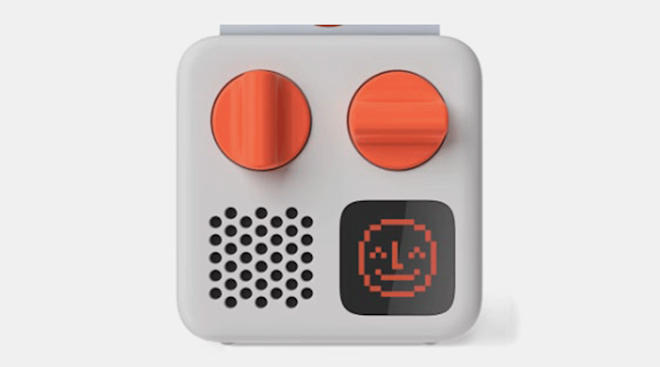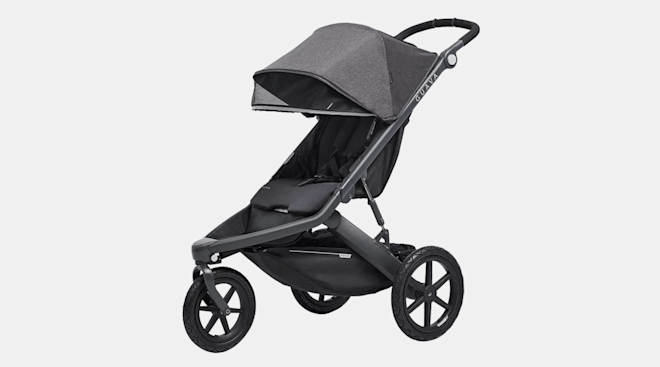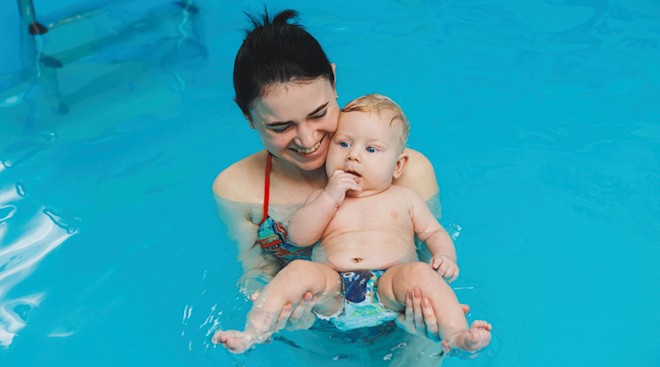Mom’s Viral Post Shows Scary, Hidden Ways Baby Can Drown at Home
Drowning continues to be the leading cause of accidental death in kids aged 1 to 4—and the scary fact is it can actually occur at home, along with near pools and other large bodies of water. One mom and former paramedic is making the drowning dangers at home known with a now-gone-viral social media post.
Nikki Jurcutz is a mom of two and worked as an advanced life support paramedic in Australia for seven years. She posted a video to her Instagram highlighting all the scary, hidden ways young children can drown at home. “The drowning jobs I attended as a paramedic still haunt me to this day. It happens with only a small amount of water, in just 20 seconds and is silent,” she wrote in the caption of the video.
The video shows her lowering the toilet seat lid, emptying a bowl of water and making sure the bathtub is drained. The video, which was shared early last week, already has several comments from parents who’ve had close encounters.
“I will never forget walking into the toilet by chance to find my only just walking baby dangling down into the toilet bowl and only just caught him from going head first into the water. Had I have been 15 seconds later…,” one person wrote.
Another commenter added, “A 1 year old baby from my hometown drowned in a dog’s bowl a few months ago. Horrifying. Something most parents wouldn’t think was possible. I always feel like telling parents if I see a water bowl on the floor in their house but don’t know how to without coming across like a Karen.”
In her post, Jurcutz also shared ways parents can help prevent drowning in the post, including always supervising kids when they’re in or around water, eliminating hazards (like tipping out water), restricting access between your child and any body of water, teaching your children to swim and be cautious around drains and, most importantly, learning CPR.
According to the Centers for Disease Control and Prevention (CDC) , drownings continue to be the leading cause of injury-related death for young children aged 1 to 4, and the American Academy of Pediatrics (AAP) notes that in 2017, drowning claimed the lives of approximately 1,000 American kids.
While the statistics are scary, there are things preventative measures parents can take. The National Safety Council (NSC) advise parents never leave their children alone (if you have to leave, they recommend taking your child with you); keeping a very close eye on your children, even in the presence of lifeguards; never consuming alcohol when operating a boat and ensuring everyone on board has U.S. Coast-Guard approved life jackets; always having a first aid kit handy; getting CPR training; not letting kids play around drains or suction fittings; and finding age-appropriate swim lessons for your kids (they caution parents that drowning is still a risk, even if your child knows how to swim).
The topic of accidental drowning in young children is a scary one, but an important one to talk about to ensure the health and well-being of our little loved ones. If you’re looking for more answers to questions, be sure to speak with your healthcare provider about how you can best help protect your child and take preventative measures.
Please note: The Bump and the materials and information it contains are not intended to, and do not constitute, medical or other health advice or diagnosis and should not be used as such. You should always consult with a qualified physician or health professional about your specific circumstances.
Plus, more from The Bump:
Navigate forward to interact with the calendar and select a date. Press the question mark key to get the keyboard shortcuts for changing dates.




